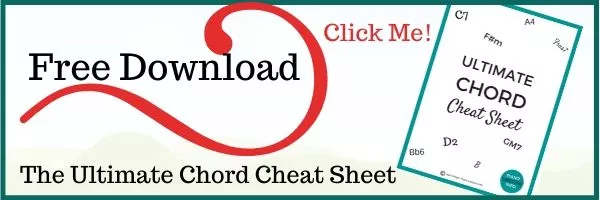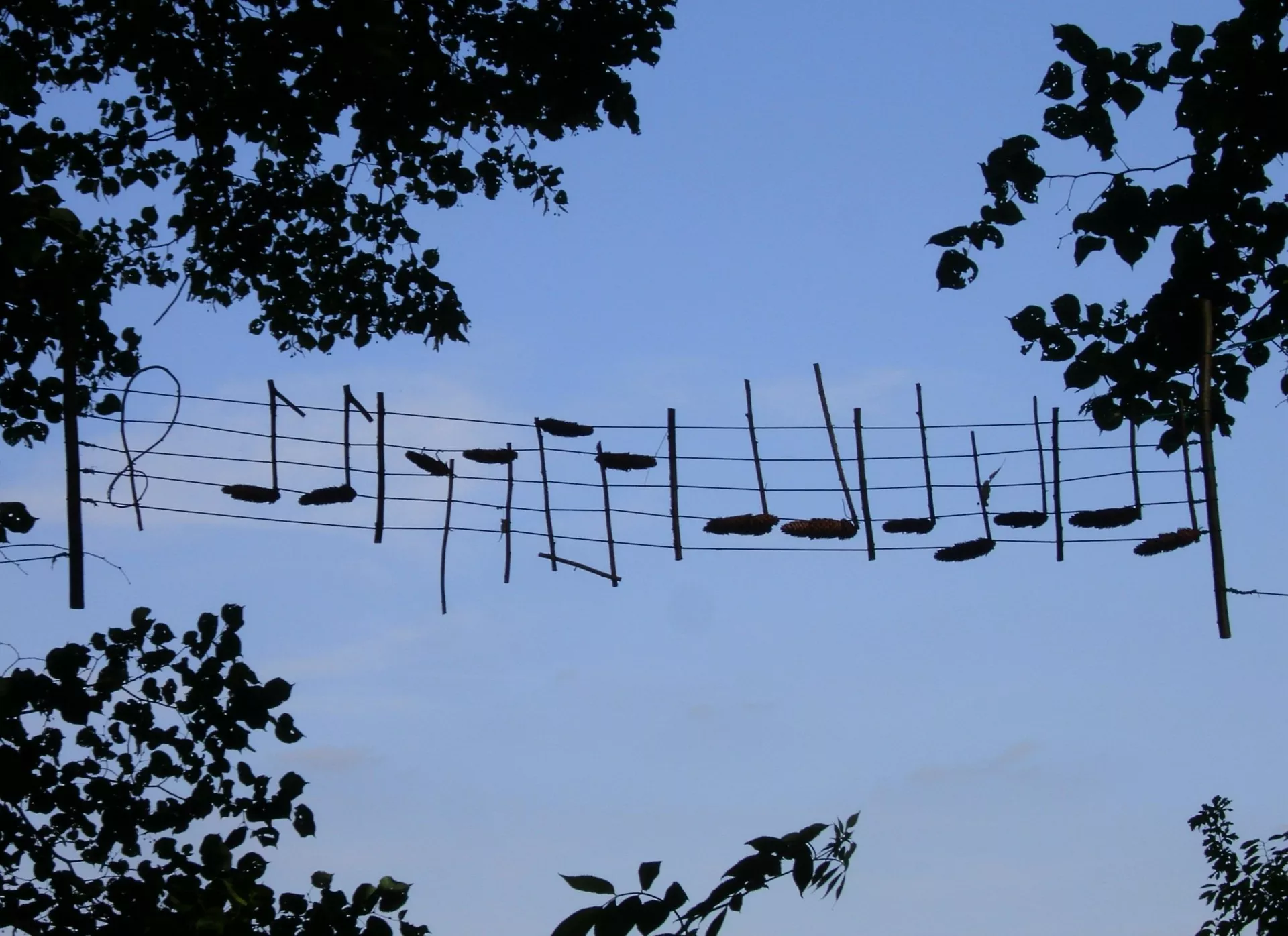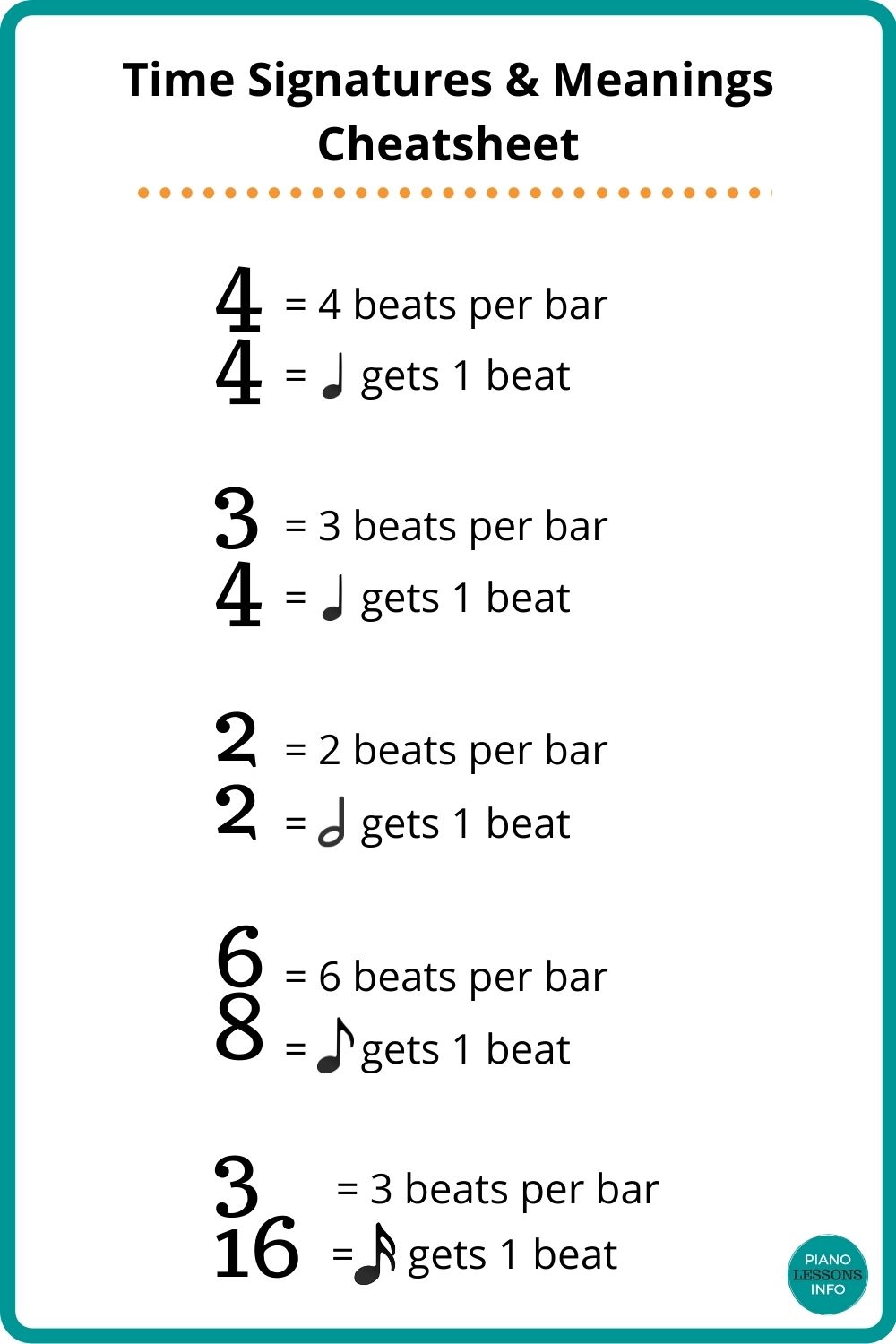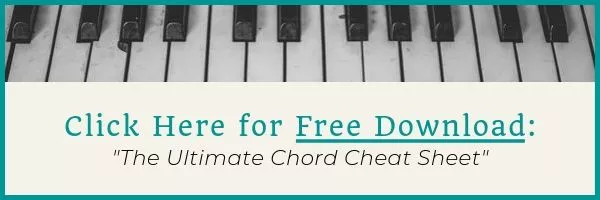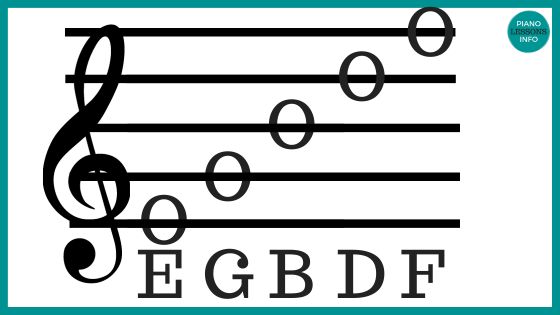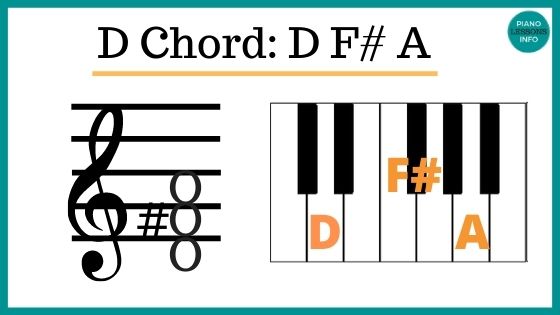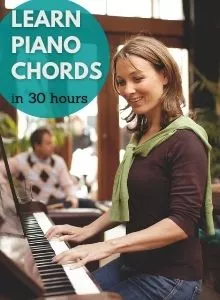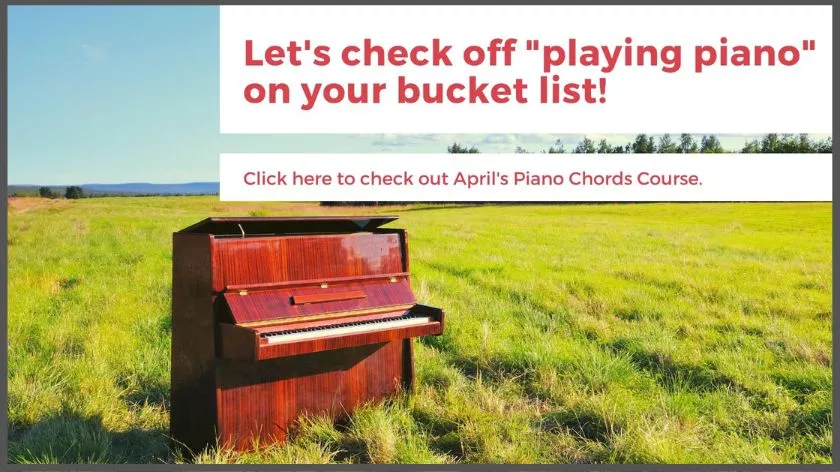What are the Music Rhythm Symbols?
There are basically 3 categories of music rhythm symbols.
1) The Notes
2) The Rests
3) The Time Signatures
This page focuses on:
- what these symbols are
- how many counts the symbols get
- how to use them in the context of music.
If you're not really sure what all this rhythm stuff is, check out the what is rhythm page first. Now onto the symbols.
Foundational Music Rhythm Symbols You Need To Know (Video)
Music Rhythm Symbols: The Notes
First we'll start with the notes. Each note is written a specific way to let you know how long to hold it. Think of it in terms of a drum beat. Each beat of the drum is a count. You need to hold certain notes down for certain amounts of counts.
Now before I get into which notes get how many counts there is one thing I need to point out. This is generally how we teach how many counts a note gets but it's not true in all circumstances.
We have time signatures that tell us which note gets 1 beat. And from there, we know how many counts all the other notes get.
We are going to learn these notes in the context of 4/4 time or any time signature with a 4 on the bottom. (There's more on time signatures further down the page.)
First Notes To Learn
A Quarter Note

Name: quarter note
Beats: 1
Half Note

Name: half note
Beats: 2
Dotted Half Note

Name: dotted half note
Beats: 3
Whole Note

Name: whole note
Beats: 1
Next Notes To Learn
The notes above are all "beginner" notes. When teaching piano to kids, we stay on the above notes for sometimes 2 years before moving onto the ones below. Adults usually learn these next notes within their first year of piano lessons.
Dotted Quarter Note
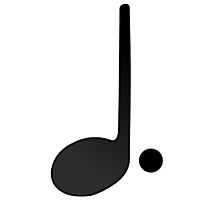
Name: dotted quarter note
Beats: 1 1/2
Eighth Note
 This is one 8th note by itself.
This is one 8th note by itself.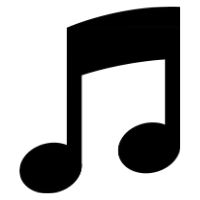 8th notes can be joined together with a bar across the top.
8th notes can be joined together with a bar across the top.Name: eighth note (8th note)
Beats: 1/2
Note: 2 eighth notes = 1 beat.
Sixteenth Note
 This is one 16th note by itself.
This is one 16th note by itself.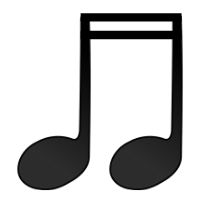 16th notes can be joined together with two bars across the top.
16th notes can be joined together with two bars across the top.Name: sixteenth note (16th note)
Beats: 1/4
Note: 4 sixteenth notes = 1 beat
Note: there are faster note than these. What happens is more flags or bars are added.
32nd notes have 3 flags off a single note or 3 bars across the top.
64th notes have 4 flags off a single note or 4 bars across the top.
Music Rhythm Symbols: The Rests
The next of the music rhythm symbols to learn are rests. Rests are the places where you don't play or hold a note. They are places of silence.
(And again, we are measuring out our beats as if we were using a time signature with a 4 at the bottom).
Whole Rest
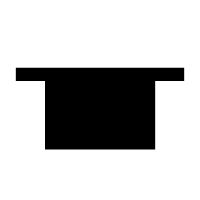
Name: whole rest
Beats: 4
Note: This rest can also get 3 beats in 3/4 time. It is used to fill a bar of music.
Half Rest
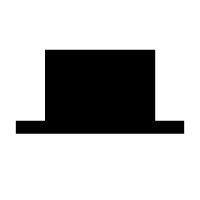
Name: half rest
Beats: 2
Dotted Quarter Rest
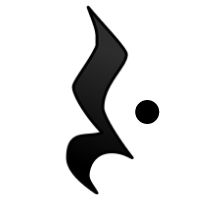
Name: dotted quarter rest
Beats: 1 1/2
Quarter Rest
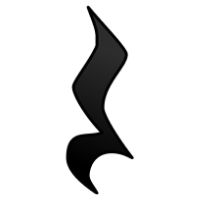
Name: quarter rest
Beats: 1
8th Rest
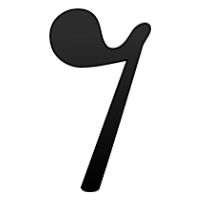
Name: eighth rest (8th rest)
Beats: 1/2
16th Rest
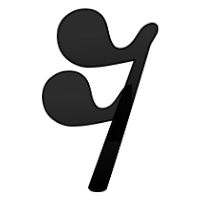
Name: sixteenth rest (16th rest)
Beats: 1/4
What Does A Dot Mean Beside A Note?
As you may have noticed, a note and a rest can have a dot beside it. And any note can have a dot beside it.
To figure out the timing of these notes, you use this formula:
1. How many counts does the note - without the dot attached - get?
For example, with a dotted quarter note, the quarter note gets 1 beat in 4/4 time.
2. Divide that number (the amount of beats) in half.
A quarter note divided in half is 1/2 a beat.
3. Add part 1 and 2 together. The note plus half of it's value. That's your answer!
For example, 1 + 1/2 = 1 1/2.
Time Signatures
The final music rhythm symbols are time signatures. There is a full and complete page on time signatures but I'll also give a great summary here.
The most common time signature is 4/4 time - which is hard to type out as it should look. It should be one number on top of the other. This one is also known as "C" (which stands for common time).
The different numbers mean

The top 4 means that there are 4 beats in a bar. A bar or measure of music has 2 lines on either side.
The bottom 4 means that a quarter note gets one beat.
The bottom number can be different. It can be a 2 which would mean a half note gets 1 beat. (Then a whole note would get 2 beats.)
If the bottom number is 8, then an 8th note gets one beat and a quarter note gets 2 beats.
The top number always means the number of beats in a bar.
You can get a full explanation of time signatures in music and see a variety of examples here.
Practice Your Music Rhythm Symbols:
Music Rhythm Games
Use these interactive games to learn more about rhythm. We have created lots of games which are easy to use.
Those are the basic music rhythm symbols. If you want to find out how to use them, check out the rhythm lessons next or how to play rhythm patterns with piano chords. Happy playing!
Free Download:
Ultimate Chord Cheat Sheet
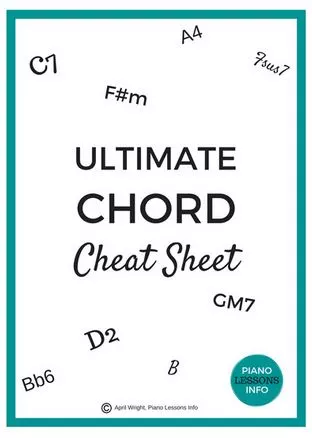
Subscribe below and get free access to the (printable) Ultimate Chord Cheat Sheet.
Recent Articles
-
Piano Notes Chart
Nov 20, 23 10:21 PM
Find a piano notes chart for treble clef and bass clef notes as well as the different types of notes. -
D Chord on Piano + Diagram, How To & Theory
Oct 24, 23 12:20 AM
Learn how to play the D chord on piano with diagram, fingering, D/A, D/F# and a theory explainer. -
Diminished Piano Chords: Chart & How to Make Them
Oct 09, 23 09:23 PM
Learn the different diminished piano chords and how to make them. Here you'll find both a diminished chord chart and an explanation.
- Home
- Rhythm
Free Download:
Ultimate Chord Cheat Sheet

Subscribe below and get free access to the (printable) Ultimate Chord Cheat Sheet.
